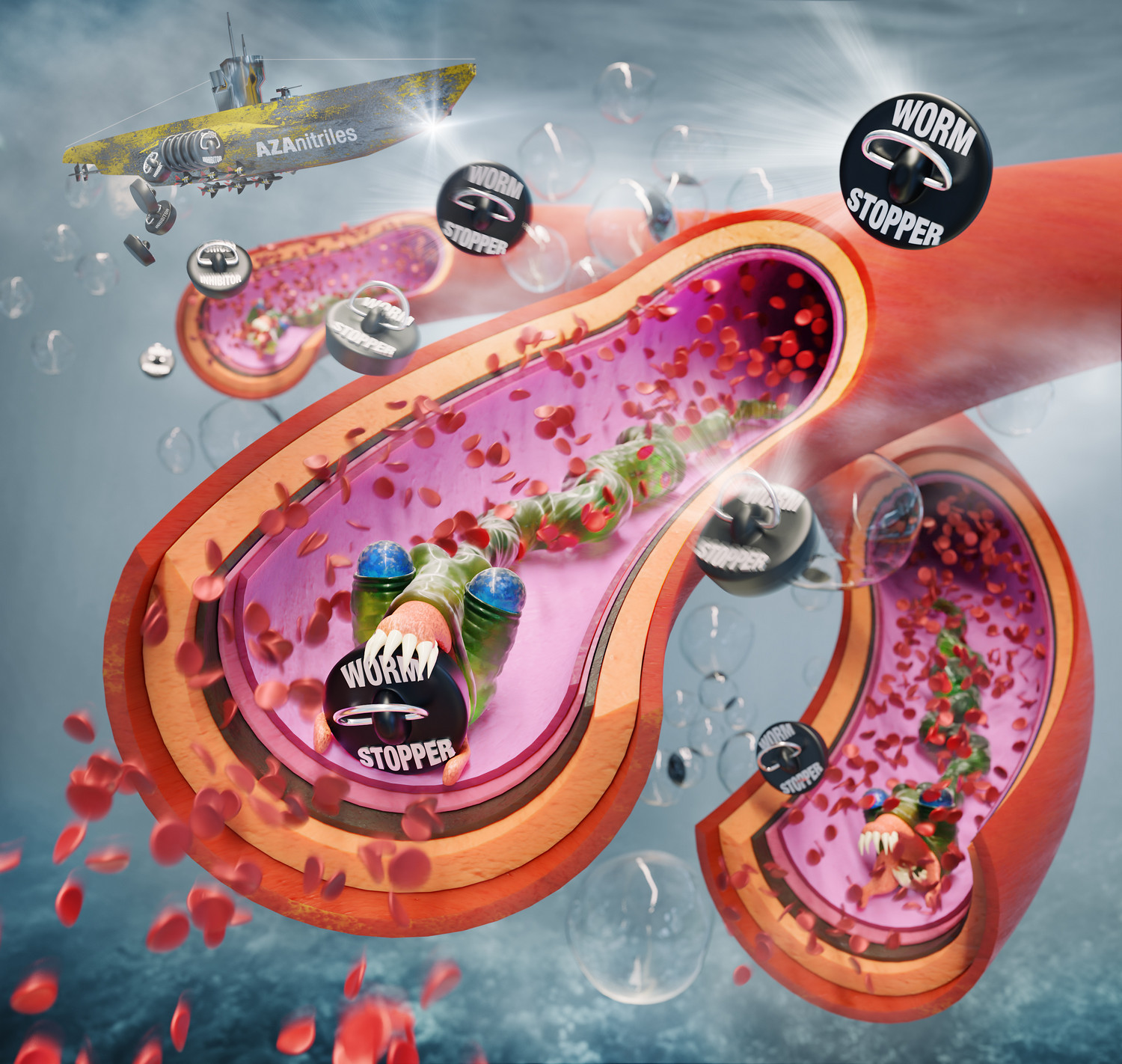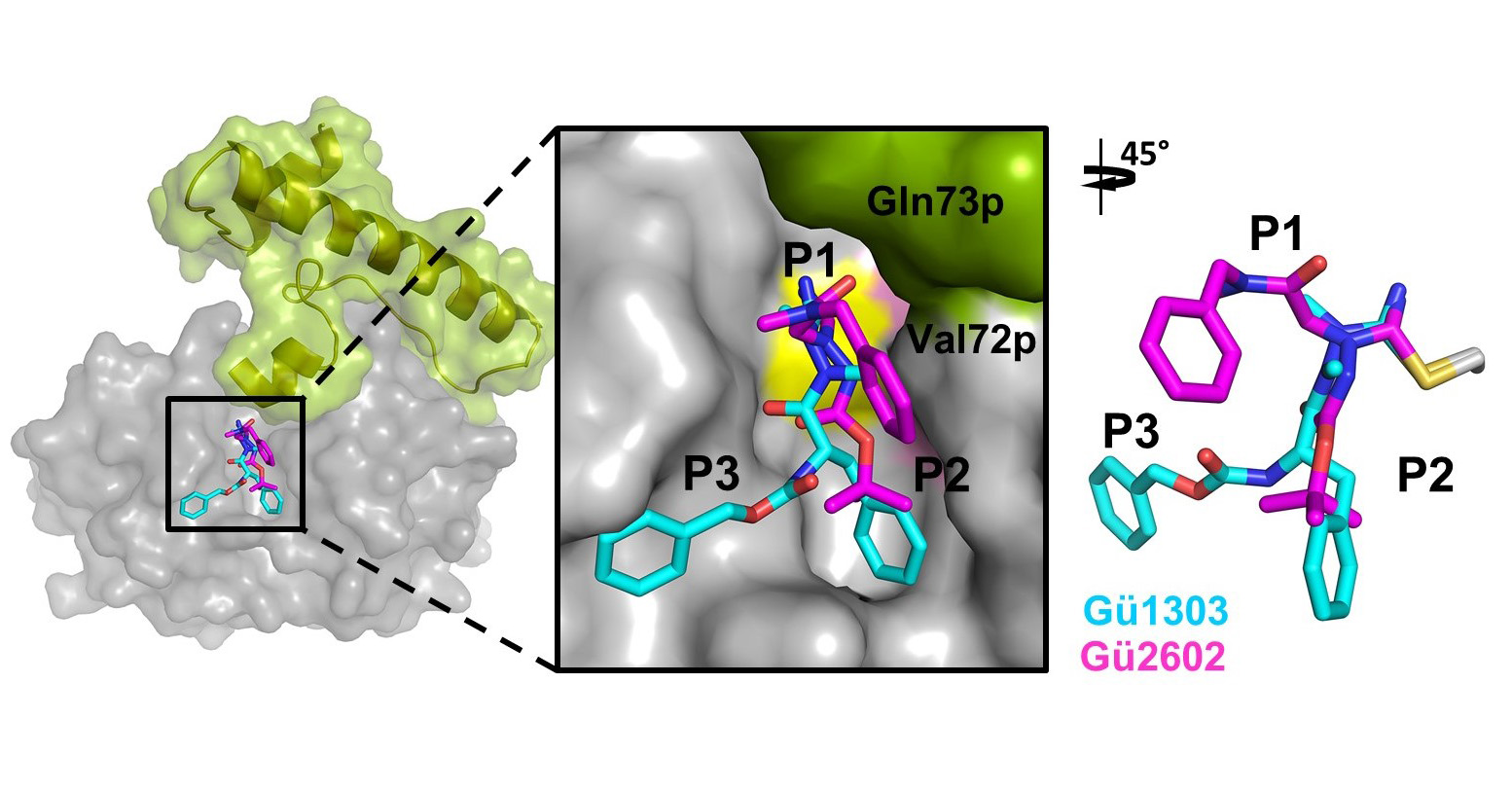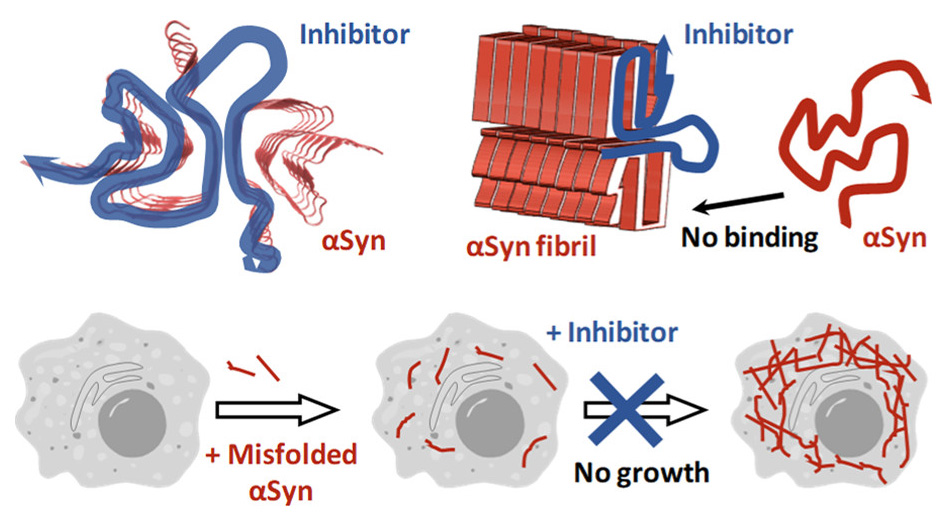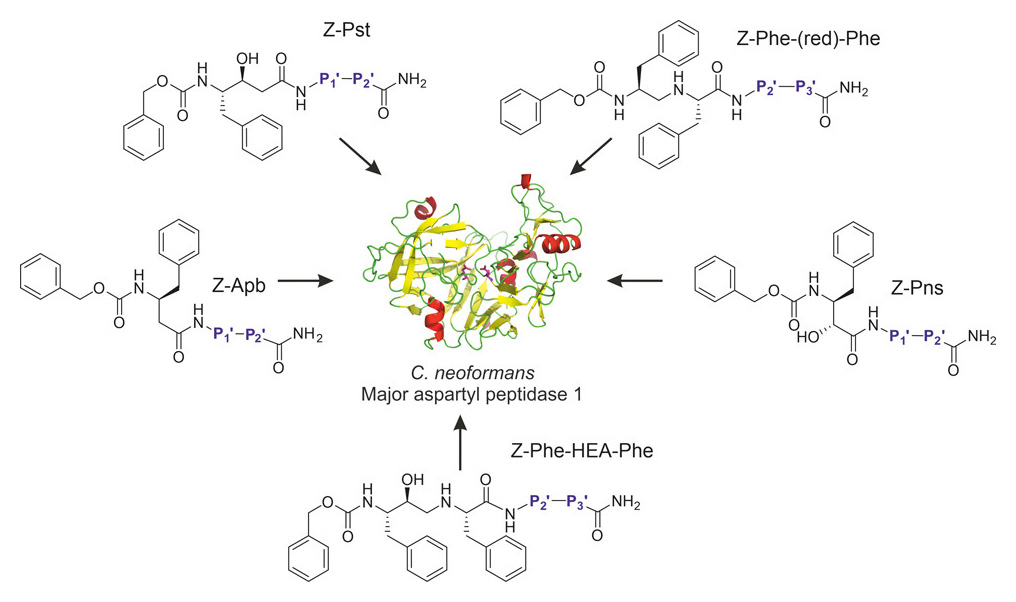
Schistosomiasis, caused by the parasitic flatworm Schistosoma mansoni, is a chronic infectious disease affecting over 200 million people in tropics and subtropics. The worms live in the cardiovascular system and feed on host blood. Schistosomal cathepsin B1 (SmCB1) is a critical proteolytic enzyme for the digestion of blood proteins and a drug target against schistosomiasis.
The IOCB team led by Michael Mareš recently published two papers in ACS Infectious Diseases, where they identified the most potent inhibitors of SmCB1 that stop blood feeding in the parasite. Using crystal structures of the inhibitor complexes with SmCB1 and quantum chemical calculations, key hot spot interactions and binding mechanisms of different reactive warheads of inhibitors were discovered.
The project conducted in collaboration with researchers from the University of California San Diego and the University of Bonn provided new lead compounds for the development of antischistosomal chemotherapeutic.
Read the papers:
- Adéla Jílková, Petra Rubešová, Jindřich Fanfrlík, Pavla Fajtová, Pavlína Řezáčová, Jiří Brynda, Martin Lepšík, Helena Mertlíková-Kaiserová, Cory D. Emal, Adam R. Renslo, William R. Roush, Martin Horn, Conor R. Caffrey, Michael Mareš. Druggable hot spots in the schistosomiasis cathepsin B1 target identified by functional and binding mode analysis of potent vinyl sulfone inhibitors. ACS Infectious Diseases Article ASAP. https://doi.org/10.1021/acsinfecdis.0c00501
- Adéla Jílková, Martin Horn, Jindřich Fanfrlík, Jim Küppers, Petr Pachl, Pavlína Řezáčová, Martin Lepšík, Pavla Fajtová, Petra Rubešová, Marta Chanová, Conor R. Caffrey, Michael Gütschow, Michael Mareš. Azanitrile inhibitors of the SmCB1 protease target are lethal to Schistosoma mansoni: structural and mechanistic insights into chemotype reactivity. ACS Infectious Diseases Article ASAP. http://doi.org/10.1021/acsinfecdis.0c00644






